Ever watched a big cat cub yawn, tumble, or roar and thought, “Wow, they grow up fast!”? Well, you’re not wrong. Some wild feline babies sprint through their milestones, leaving human babies—and even house kittens—looking like slowpokes. Get ready for a whirlwind tour of five big cat cubs, each with quirks and skills that leap forward in record time. Who knew so much wild wonder could fit into such small, furry packages?
Leopard Cubs Start Climbing Before You’d Expect

Leopard cubs barely have their eyes open before they’re already plotting their next high-altitude adventure. Within just a few weeks of life, these spotted daredevils are scrambling up trees—no training wheels required! While most domestic kittens are still learning to toddle, leopard cubs are already using their sharp claws and strong limbs to escape danger and explore. This early climbing helps them avoid predators and gives mom a break. Think of it: a leopard cub’s jungle gym isn’t plastic—it’s a full-blown forest canopy!
Tiger Cubs Roar Early and Loud

Tiger cubs don’t wait long to find their voice. By just 2–3 weeks old, they’re already trying out their first roars and growls, practicing the signature sound that will one day shake the jungle. It’s adorable, but it’s also a big step for these future rulers of the forest. While human babies are just cooing and crying, tiger cubs are already making their presence known. Their early vocalizations help them bond with mom (and warn off nosy siblings), giving a glimpse of their larger-than-life personalities.
Cheetah Cubs Sprint Into Action Sooner Than You’d Think

Cheetah cubs aren’t just built for speed—they start using it almost from the moment they can stand. By four to six weeks old, they’re already attempting short, wobbly sprints, chasing after mom or siblings in playful mock hunts. That’s like a toddler running a mini-marathon! This early practice is crucial for survival, teaching them to stalk and pounce, and burning off their boundless energy. Watching a cheetah cub learn to run is like seeing a sports car go from zero to sixty in baby steps.
Lion Cubs Learn to Roam With the Pride Quickly

Lion cubs are born into a family that never sits still, and they don’t get much time to be babies. Within six to eight weeks, lion cubs start venturing out of the den to join the pride, meeting aunts, uncles, and cousins in a flurry of social activity. This early mingling is their crash course in lion life—learning who’s boss, how to play, and when to hide. Their rapid social growth is key to survival, as teamwork and relationships are everything in the wild savannah.
Snow Leopard Cubs Brave the Chill Early On
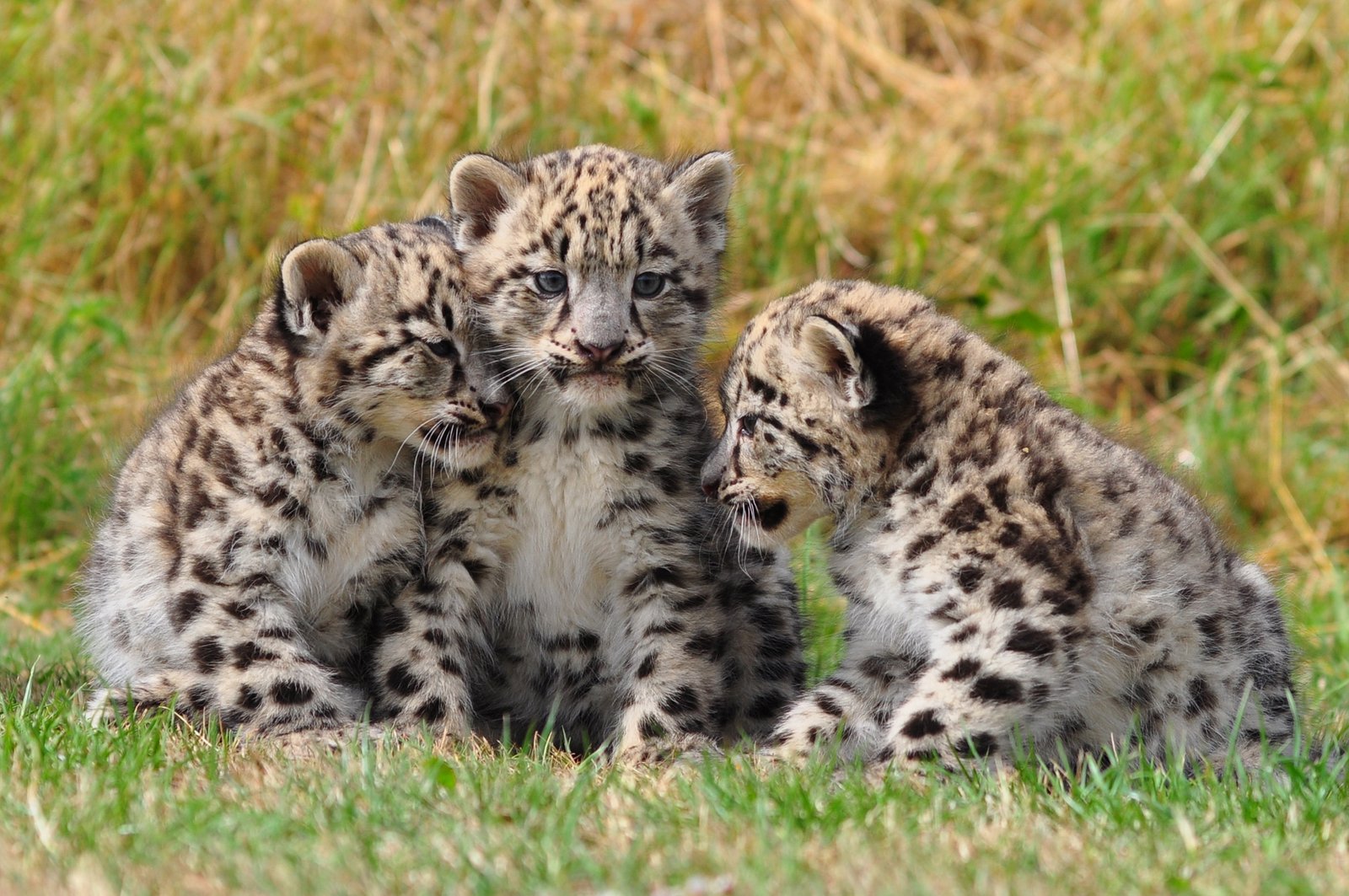
Snow leopard cubs are born into a world of cold and cliffs, but they toughen up fast. In just a few weeks, these fluffy bundles are learning to navigate rocky slopes and snowy ledges, following mom on treacherous journeys. Unlike most big cats, they develop thick fur and strong muscles early to survive in freezing temperatures. Watching a snow leopard cub leap from stone to stone is like seeing a tiny mountaineer conquer Everest in a fuzzy coat.
Leopard Cubs Hide Like Pros—Even as Tiny Tots

Leopard cubs might be small, but they’re masters of hide-and-seek almost from birth. Mom tucks them into dense bushes or caves, and they quickly learn to stay perfectly still and silent for hours. This stealthy behavior is crucial, since leopards often live near other predators. Their natural camouflage and patience help them survive while mom hunts. Imagine playing the world’s quietest game of hide-and-seek—where the stakes are life and death!
Tiger Cubs Master Water Play Young
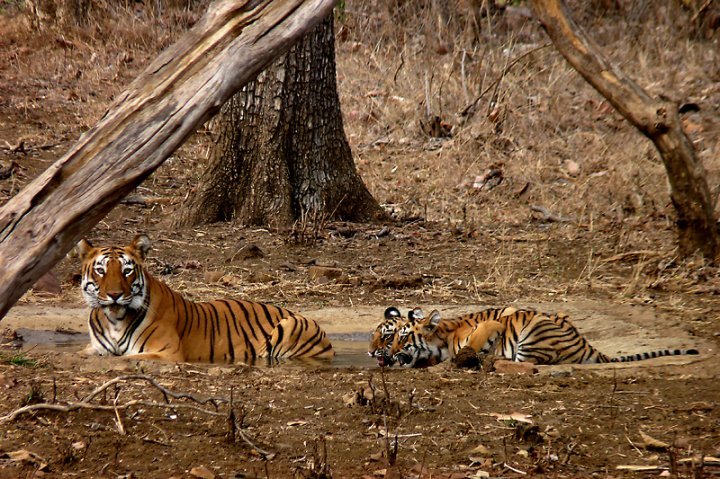
Unlike many cats, tigers love water—and their cubs start splashing at an early age. By just a few months old, tiger cubs are wading, swimming, and dunking themselves in streams. This aquatic enthusiasm isn’t just for fun; it helps them cool down and even learn to hunt fish. Watching a tiger cub paddle around is a sight to behold—picture a furry, stripy otter with paws just a bit too big for its body.
Cheetah Cubs Grow Their Mohawk for Disguise

Did you know cheetah cubs are born with a spiky mantle of fur running down their backs? This “mohawk” makes them look like honey badgers, a fierce animal most predators avoid. By the time they’re a few weeks old, this disguise is in full effect, helping them blend into tall grass and avoid danger. It’s camouflage with a punk-rock twist—nature’s way of saying “don’t mess with me!”
Lion Cubs Practice Hunting in Play
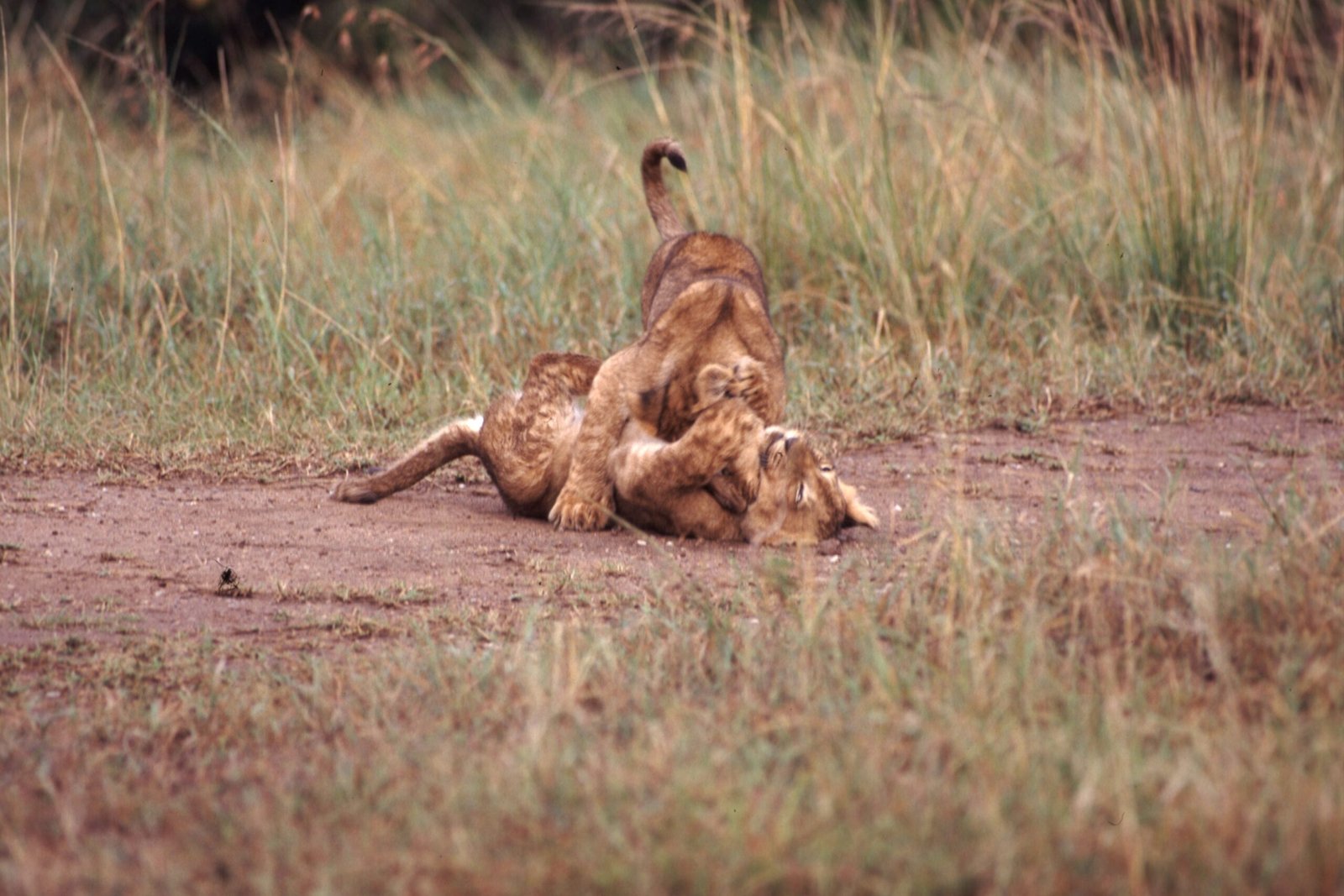
From their first clumsy tumbles, lion cubs are practicing to be top hunters. Their playful pouncing, wrestling, and stalking aren’t just for fun—every tussle builds the skills they’ll need to bring down prey as adults. By three months old, their games look like rehearsals for real hunts. Watching them is like seeing future athletes training for the big leagues, with a few giggles and tail-chases thrown in for good measure.
Snow Leopard Cubs Grow Their Tail-Balance Fast

Snow leopards are famous for their long, fluffy tails, and cubs start using them for balance almost immediately. Navigating steep, slippery slopes, they wrap their tails around their bodies for warmth and stability. In just a few months, snow leopard cubs are already tightrope walkers of the mountains, using their tails as built-in safety lines. It’s as if they’re born with their own personal balance beam!
Leopard Cubs Get Their Spots Early
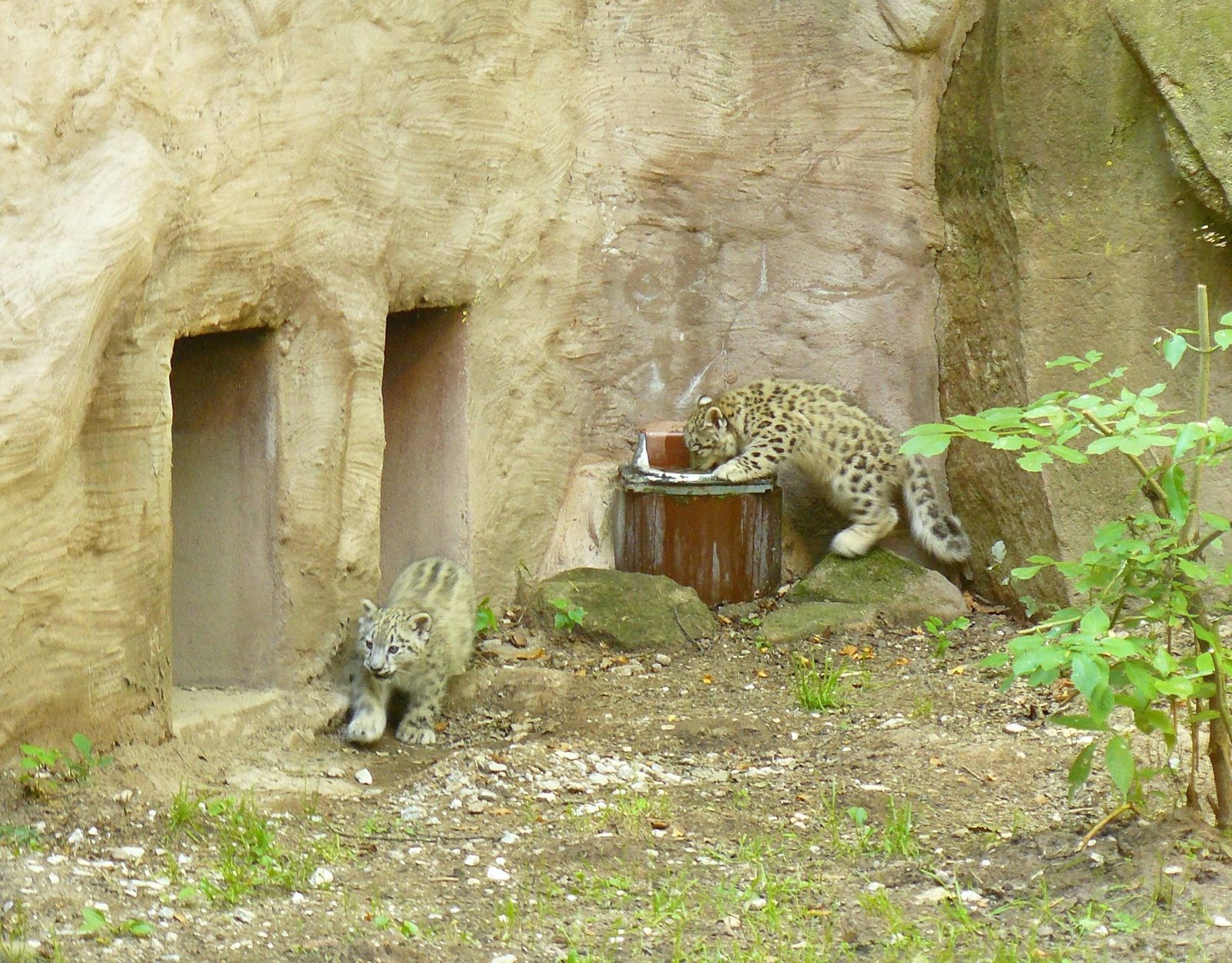
Leopard cubs are born with faint spots, but these iconic rosettes darken quickly in just a few weeks. This early development is more than just good looks—it’s essential camouflage for hiding in dense jungle shadows. Their beautiful coats help them stay hidden from predators, blending into every leaf and patch of sunlight. It’s like having a superhero costume that grows more powerful every day.
Tiger Cubs Start Practicing Stalks in Weeks

Tiger cubs don’t waste time when it comes to learning the art of the stalk. By three weeks old, these little ninjas are crouching low and sneaking up on anything that moves—siblings, leaves, or mom’s twitching tail. This playful practice is the foundation of their future hunting prowess. Even as tiny fluffballs, their focus and stealth are impressive, hinting at the powerful hunters they’ll become.
Cheetah Cubs Get Social Fast With Siblings
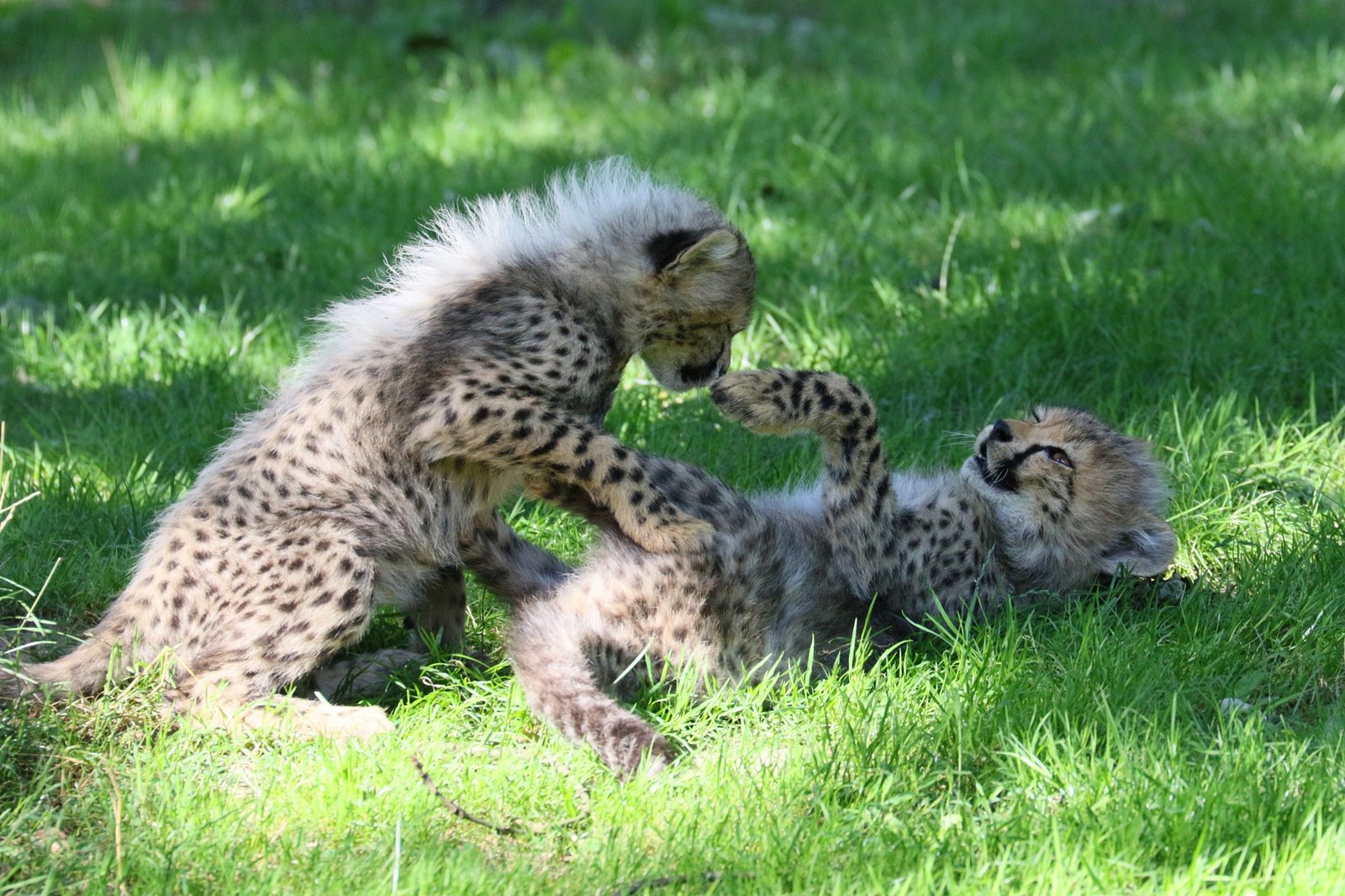
Cheetah cubs are born into litters of up to eight, and from the get-go, they’re learning the ropes of sibling rivalry. Wrestling, chasing, and vying for mom’s attention—all of it starts in the first few weeks. This social play teaches them teamwork and sharpens their reflexes for the real world. It’s a bit like a wild feline version of a busy daycare, with more spots and less nap time.
Lion Cubs Develop Roaring Voices Sooner Than Dogs Bark
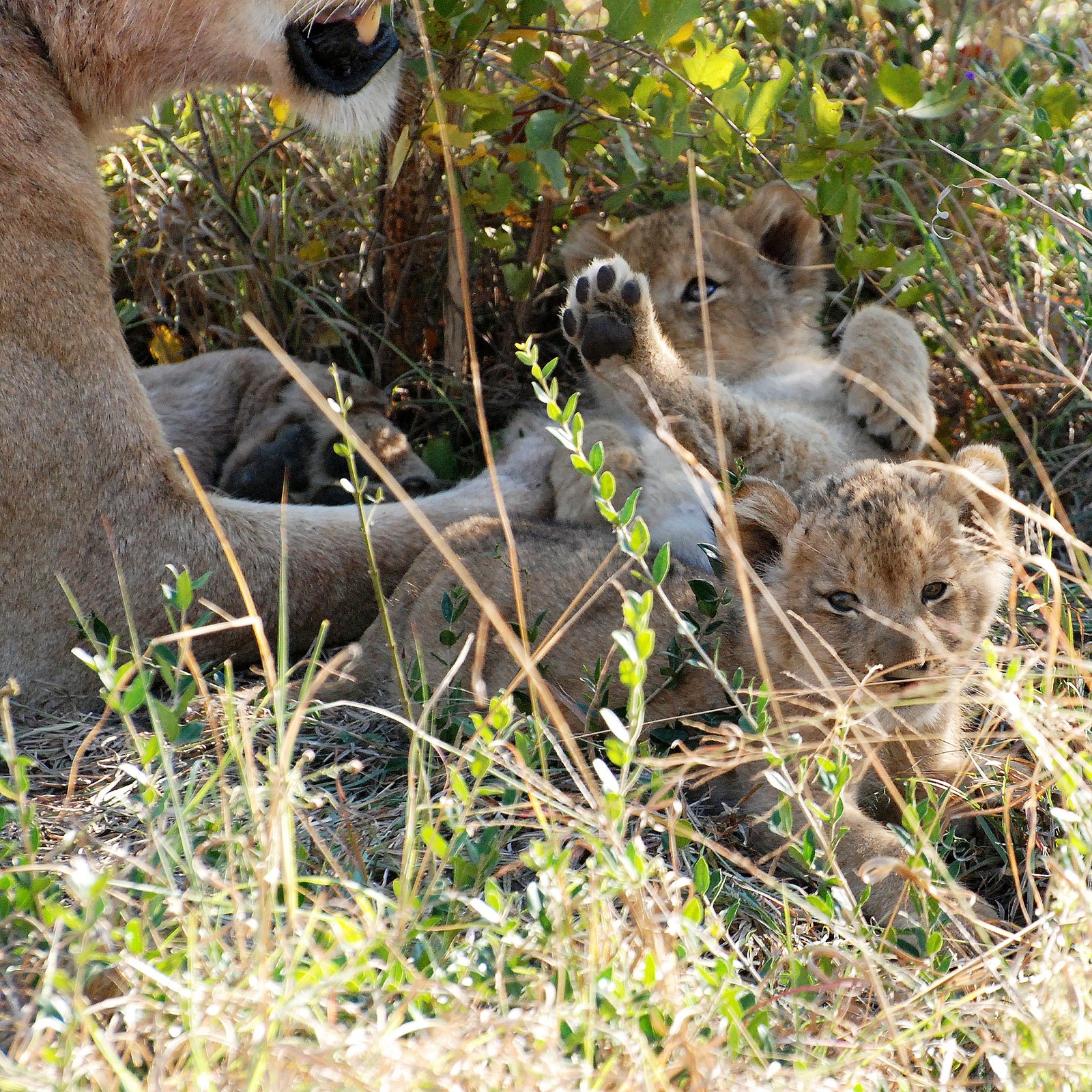
Before most puppies can bark, lion cubs are already testing out their roars. By just a few months old, they’re producing deep, rumbling growls that hint at the mighty roar to come. This early vocalizing helps them communicate with the pride and stake their claim at mealtime. It’s the sound of confidence—tiny, fuzzy, and surprisingly loud!
Snow Leopard Cubs Grow Winter Coats in Summer
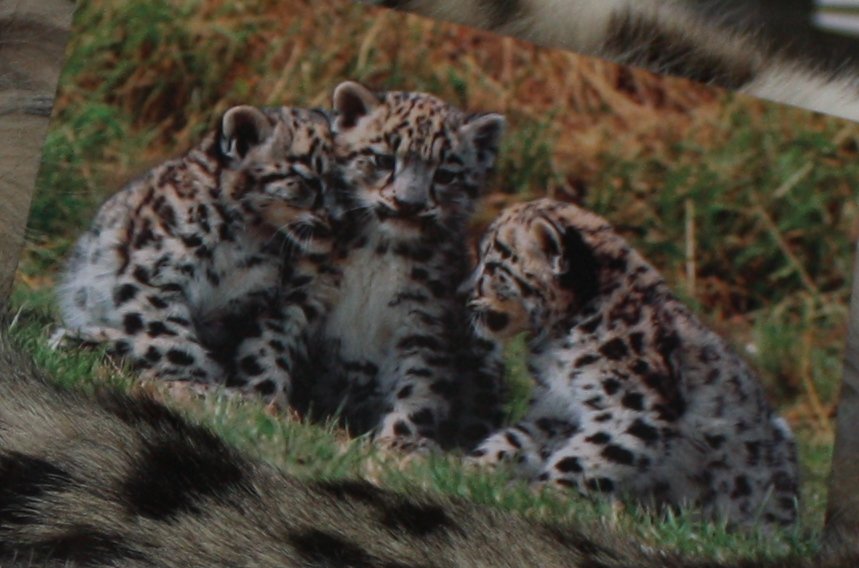
Snow leopard cubs don’t wait for snow to grow their famous thick fur. Even if they’re born in spring or summer, their coats fluff up quickly, ready for chilly nights and sudden storms. This rapid fur growth is a life-saver in the mountains, where weather can change in an instant. Imagine if human babies grew parkas before their first winter!
Leopard Cubs Start Eating Meat at Just Eight Weeks

Leopard cubs trade milk for meat at an earlier age than you might guess. By two months old, they’re already gnawing on small bits of prey brought by mom. This early switch helps them develop sharp teeth and strong jaws—essential tools for a predator. Watching a leopard cub “attack” its first meal is both adorable and a tiny bit fierce.
Tiger Cubs Bond With Mom Through Scent

Tiger cubs use their keen sense of smell to bond with mom almost from birth. They recognize her scent and follow it, even in thick jungle. This early connection keeps them safe and helps them find her after a long hunt. It’s nature’s version of a GPS system—no batteries required!
Cheetah Cubs Lose Their Mohawk as They Grow
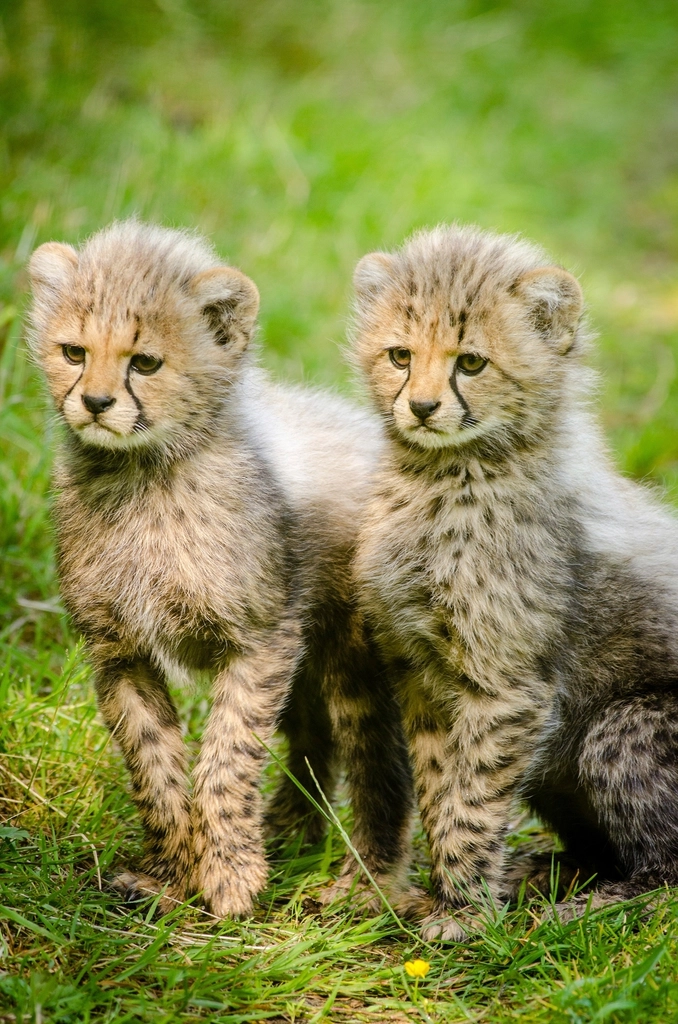
That funky cheetah cub mohawk isn’t forever. As cubs reach three to six months, the mantle begins to fade, leaving behind the sleek, spotted look of an adult cheetah. The transition is surprisingly fast, and it marks their growing independence. Watching a cheetah cub shed its baby fluff is like seeing a kid trade a superhero cape for a baseball cap.
Lion Cubs Learn to Share—Or Squabble—Fast

Lion cubs are born into big, busy families, and they quickly learn the art of sharing (or not!). From the first meals, there’s plenty of growling and pawing as cubs compete for the best spot. This early rivalry teaches them to stand up for themselves and find their place in the pride. It’s family drama, wild-style—equal parts adorable and chaotic.
Snow Leopard Cubs Start Stalking Shadows Young
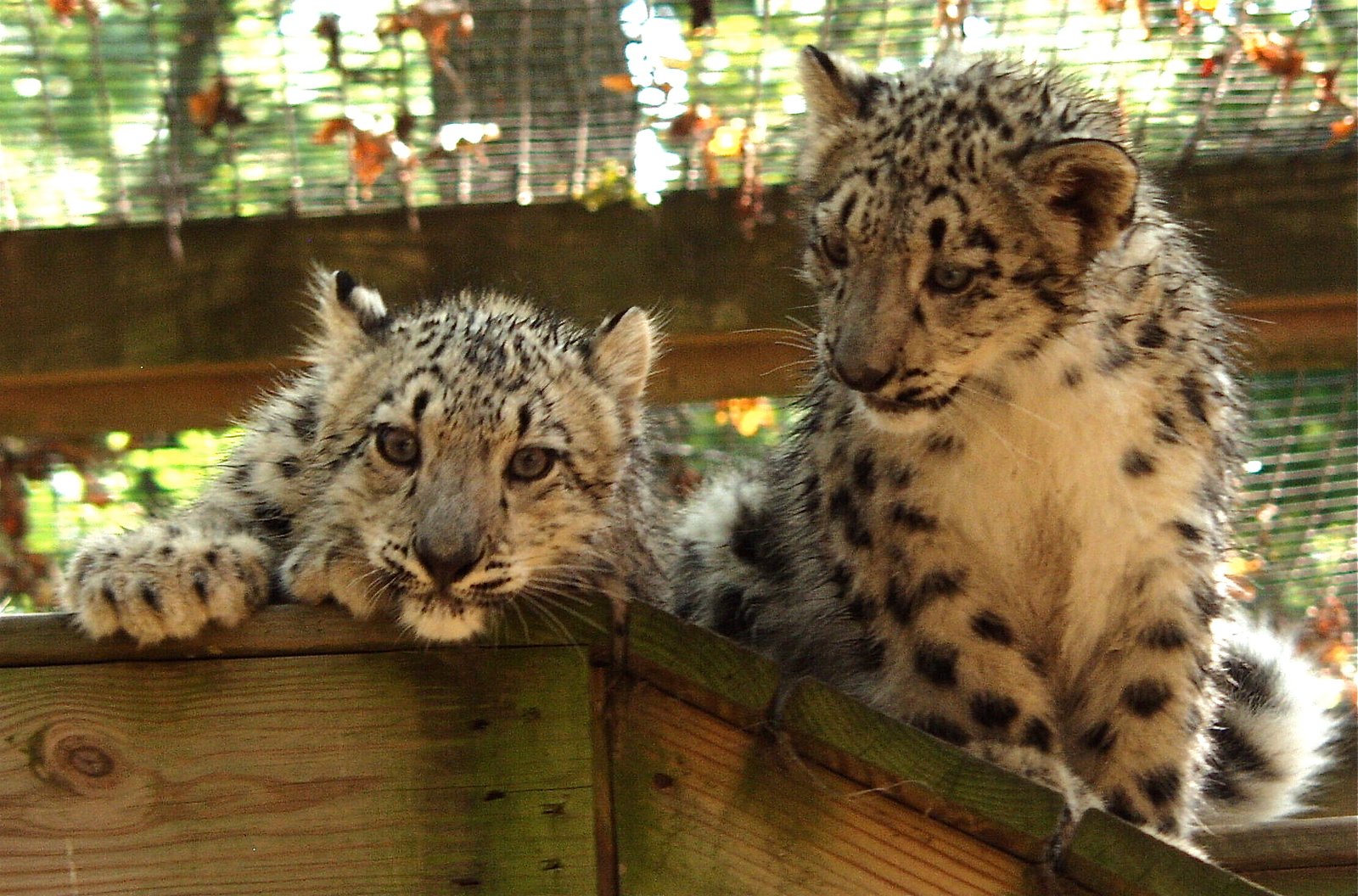
Snow leopard cubs begin stalking movements as soon as they can walk, practicing on shadows, rocks, or each other. This early training is crucial for their survival in the wild, where stealth is everything. Their playful pouncing helps them learn distance and timing, setting them up for a lifetime of high-altitude hunting.
Leopard Cubs Move Dens Frequently

Leopard mothers are always on the move, and their cubs learn to adapt fast. Within the first few months, mom will relocate the den several times to avoid predators. Each move is a new adventure for the cubs, teaching them to trust mom and adjust to changing environments. It’s like growing up on a never-ending camping trip!
Tiger Cubs Learn to Fish Before They’re Weaned

Tigers are unique among cats for their love of water—and their cubs don’t just play in it, they start fishing early. Even before they’re fully weaned, tiger cubs will bat at fish and frogs, practicing their hunting skills. This playful fishing is both a lesson and a meal ticket, setting them up for success in the wild.
Cheetah Cubs Get Fast—And Curious—Quickly
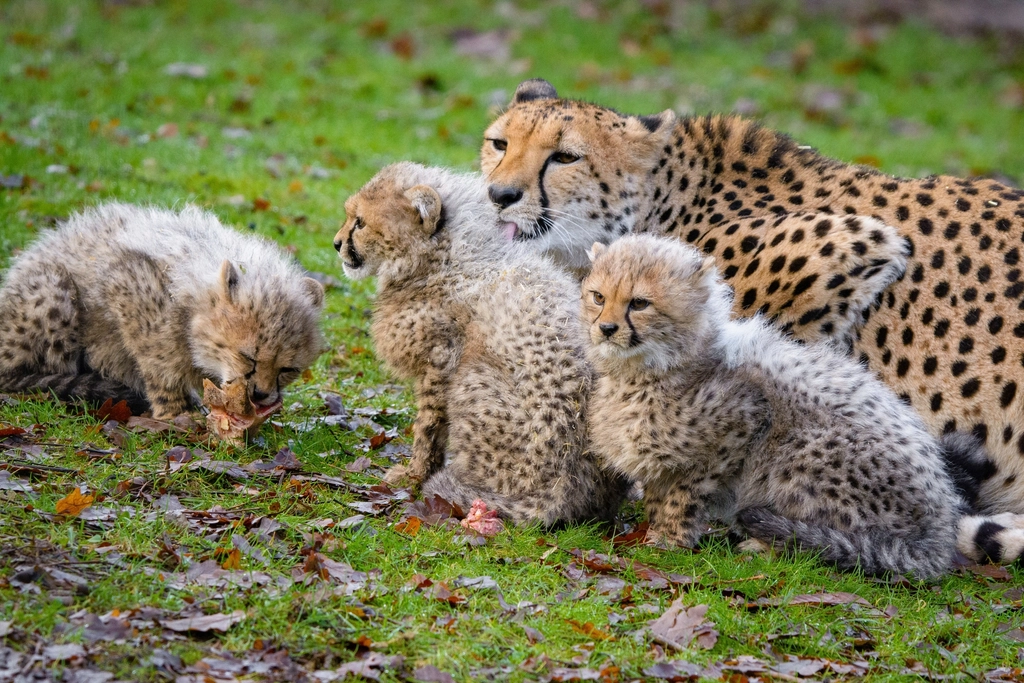
Cheetah cubs are curious explorers, poking their noses into every nook and cranny as soon as they can walk. Their speed isn’t just for chasing prey; it helps them investigate their world, from tall grass to termite mounds. This early curiosity makes them quick learners and confident adventurers.
Lion Cubs Form Mini-Prides With Their Littermates
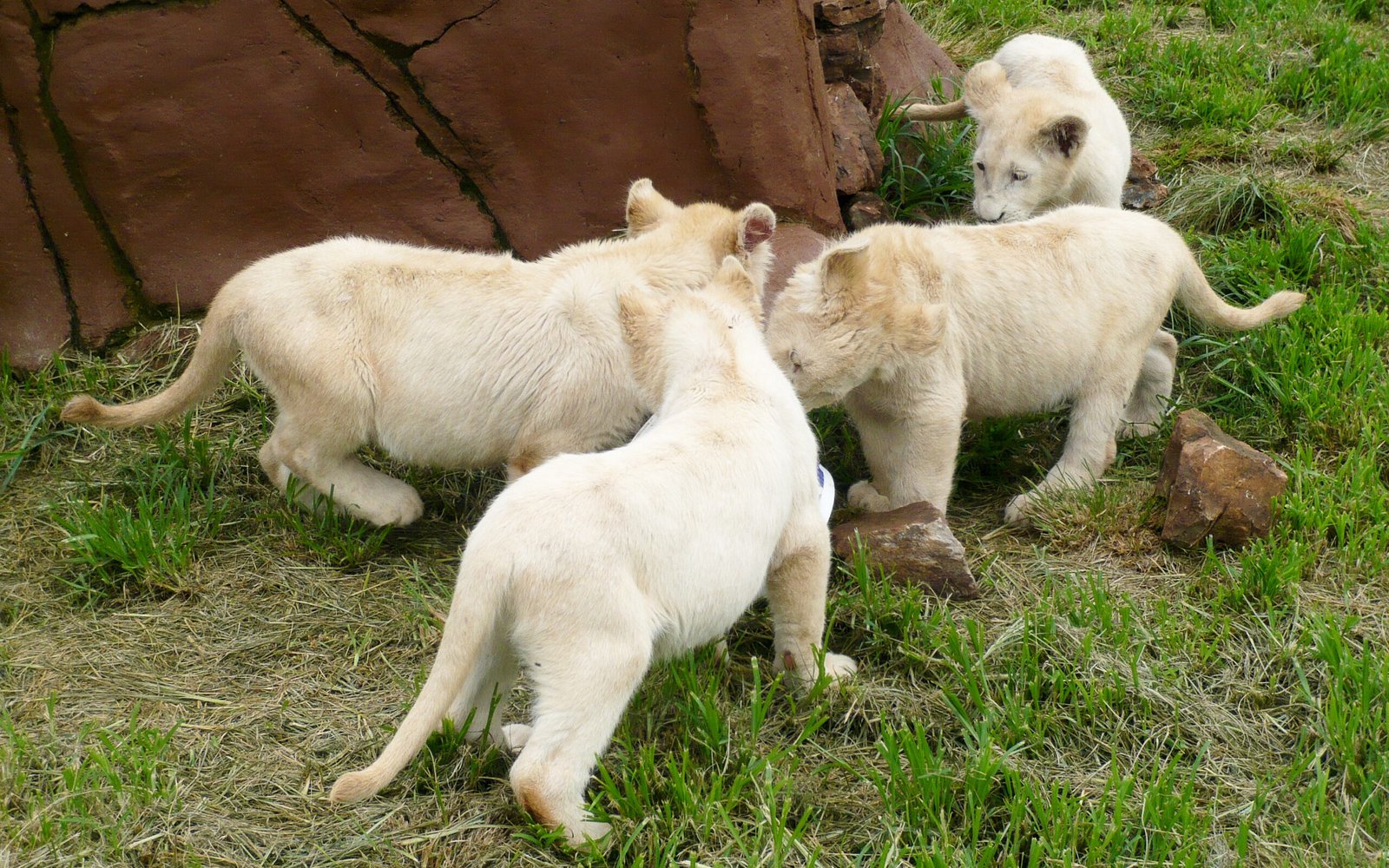
Lion cubs don’t just rely on mom—they form tight bonds with their siblings, creating “mini-prides” within the larger group. These early alliances help them learn social skills and provide comfort in a sometimes dangerous world. It’s teamwork at its cutest, and it lasts a lifetime.
Snow Leopard Cubs Become Acrobats by Six Months
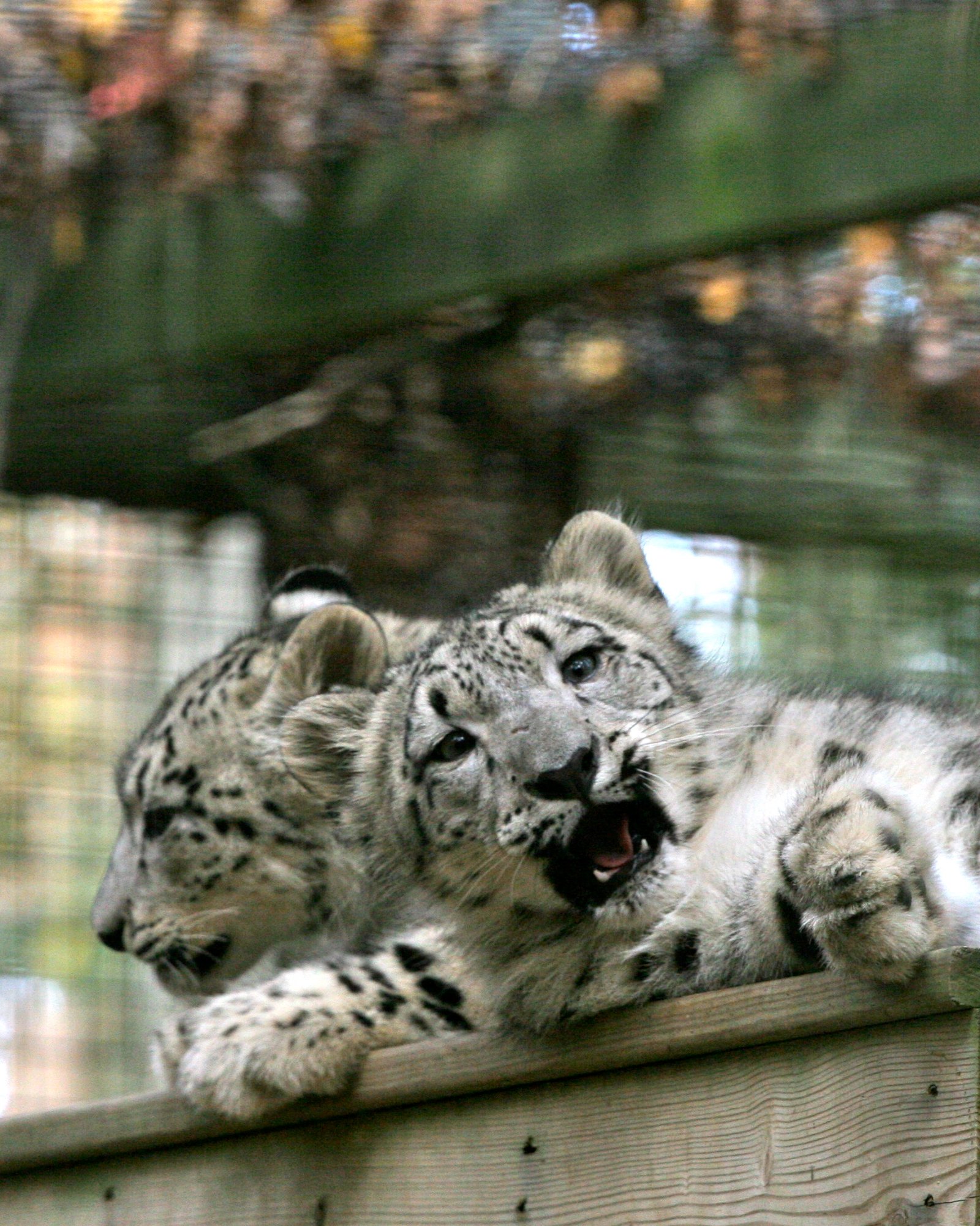
By half a year old, snow leopard cubs are performing acrobatic feats that would make a gymnast jealous. Leaping from rock to rock, scaling steep cliffs, and landing sure-footed, they show off skills that keep them safe in their harsh mountain home. Watching them is seeing pure agility in motion.
Which of these speedy, surprising big cat cubs would you love to meet in person?

Linnea is a born and bred Swede but spends as much time as possible in Cape Town, South Africa. This is mainly due to Cape Town’s extraordinary scenery, wildlife, and atmosphere (in other words, because Cape Town is heaven on earth.) That being said, Sweden’s majestic forests forever hold a special place in her heart. Linnea spends as much time as she can close to the ocean collecting sea shells or in the park admiring puppies.






